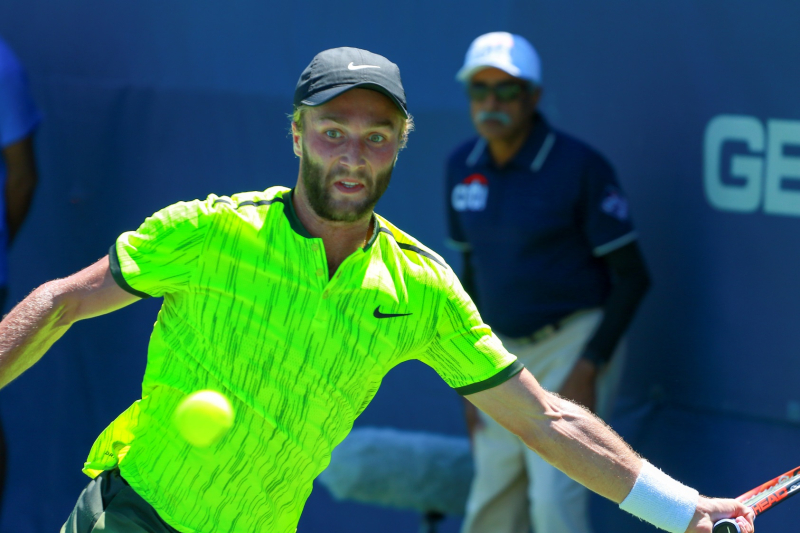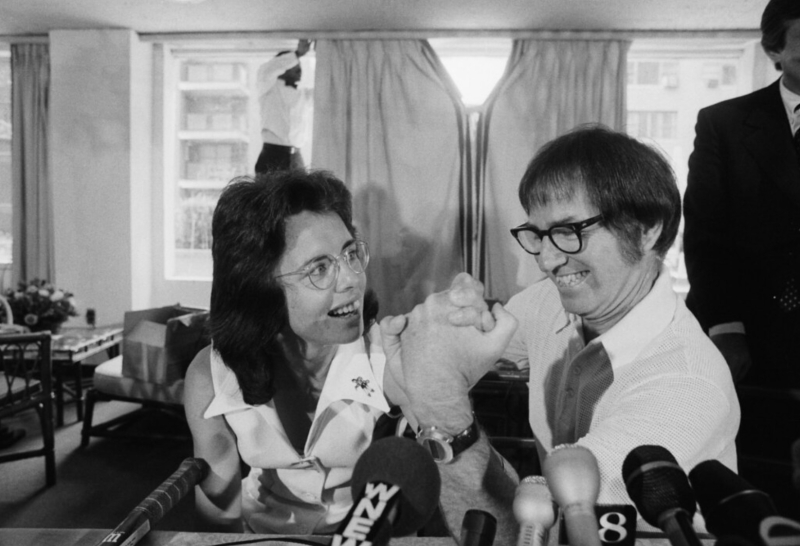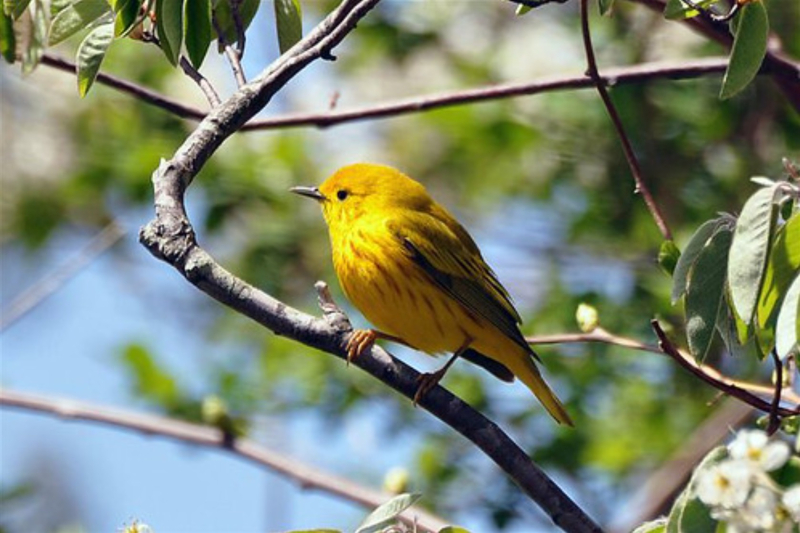Optic Yellow
Today, we take sides in tennis. The University of Houston presents this series about the machines that make our civilization run, and the people whose ingenuity created them.
Is it green? Is it yellow? Tennis balls are known for their bright, florescent color, somewhere between yellow and green. Officially known as “Optic Yellow,” this color is as iconic of the racquet sport as basketball’s orange sphere or football’s brown pigskin. Yet oddly the tennis ball’s exact color is often debated. In 2018, it was one of several optical illusions to go viral on social media, as people defended their perception of yellow or green.

Tennis ball and optic yellow shirt. Photo by JC, licensed by Creative Commons (CC BY-SA 2.0)
But tennis balls weren’t always Optic Yellow. That color was chosen in the 1960s to make tennis balls easier to see. Back then, the color debate wasn’t between yellow and green, but between yellow and white. For more than a century since the sport’s origins, tennis balls were made of cork, leather, or hair. The balls started white or black, but quickly become a neutral dingy shade, depending on the surface—grass, clay, or indoor flooring—where tennis was played.
In the 1960s, however, as televised sports became common, popular British naturalist David Attenborough suggested Wimbledon change the color of its tennis balls from white to yellow. Attenborough’s many years fronting nature documentaries for the BBC made him a sophisticated producer of television broadcasting. Color TV was just becoming widespread, and Attenborough, an ardent tennis fan, thought yellow would help the small, fast-moving ball pop on the new color TV screens.
Wimbledon’s hallowed tradition doesn’t change easily, though, so the first major televised broadcast of Optic Yellow tennis balls came several years later, in 1973. This was at the famous “Battle of the Sexes” tennis match between Bobby Riggs and Billie Jean King. King was the woman’s no. 1 tennis champion and a fierce advocate for equal pay for female athletes. Her fight for equal pay got a boost when former Wimbledon men’s champion Bobby Riggs challenged Billie Jean to a tennis match. Riggs’s peak was long behind him, but he was a showman eager for the spotlight. The spectacle would be televised worldwide, and the new Optic Yellow tennis balls would help everyone watch the grudge match.

"Battle of the Sexes" press conference of Billie Jean King and Bobby Riggs, 1973. Photo "BE082911" courtesy of Sabatu and Creative Commons.
The “Battle of the Sexes” tennis match between Bobby Riggs and Billie Jean King is best remembered for the gender contrast, but Optic Yellow tennis balls also were literally at center stage of that historic match. Billie Jean’s win over Bobby Riggs made her a feminist icon, but those bright Optic Yellow balls helped us see the action.
David Attenborough was probably thinking more as a tennis fan than a biologist when he suggested turning tennis balls yellow, but it’s possible he was inspired by animal examples. Birds like yellow warblers sport that same bright, almost fluorescent yellow, which makes them easy to spot amid foliage and against the sky. Among birds, however, it’s often the males whose plumage is more eye-catching, so it’s fitting that Optic Yellow’s major TV debut was with the famous “Battle of the Sexes” tennis match.

Yellow warbler (North American). Photo courtesy of U.S. Fish and Wildlife Service (Northeast Region) and OpenVerse.
Does it really matter whether it’s yellow or green? We may not agree what color it is, but boy can we see it on the fly!
I’m Karen Fang, at the University of Houston, where we’re interested in the way inventive minds work.
(Theme music)
Matt Domino, “The reason tennis balls are yellow—or maybe green.” Cnn.com, September 4, 2019
“Riggs: Don’t call me a creep; King: It’s not such a bad word.” Augusta Chronicle, September 20, 1973
This episode was first aired on May 28, 2024